

Volume 149
Published on April 2025Volume title: Proceedings of CONF-MSS 2025 Symposium: Automation and Smart Technologies in Petroleum Engineering
Extreme ultraviolet lithography technology has become a key process in the semiconductor manufacturing industry. Owing to the pronounced absorption characteristics and elevated refractive index associated with extreme ultraviolet light, extreme ultraviolet lithography systems necessitate the utilization of optical components that comprise multilayer film structures as mirrors. This configuration is essential to fulfill the stringent requirements for high reflectivity in such applications. This paper adopts a research method of literature reading and analysis, describing the current research status of extreme ultraviolet multilayer films, including the performance of extreme ultraviolet multilayer films, related technologies for preparation, and optimization problems that need to be addressed.This paper further delineates the multilayer film structures that are applicable to this emerging technology, and it anticipates the prospective developmental trajectory of future extreme ultraviolet multilayer films. It can be concluded that the theory of 13.5 nm extreme ultraviolet multilayer films has matured, but difficulties still exist in their practical preparation. In the future, as the performance requirements of integrated circuits continue to increase, EUV multilayer films will develop towards shorter wavelengths of 6.X nm.

 View pdf
View pdf


Load forecasting plays a crucial role in fields such as energy management and power system planning. Accurate forecasting can effectively reduce energy costs and enhance the stability and reliability of power systems. Traditional forecasting methods struggle to balance forecasting accuracy and efficiency when dealing with complex and variable load data. Although the Long Short-Term Memory network (LSTM) can address the long-term dependency problem in time series and shows certain advantages in load forecasting, the setting of its initial parameters has a significant impact on the forecasting results, and it is prone to getting trapped in local optima. The Particle Swarm Optimization algorithm (PSO), based on swarm intelligence, has powerful global search capabilities and fast convergence. This paper proposes a load forecasting method based on PSO-LSTM, which uses PSO to optimize the parameters of LSTM, thereby enhancing the generalization ability and forecasting accuracy of the model. Through case-based analysis and comparison, it can be seen that compared with traditional forecasting methods, this method effectively improves the accuracy of load forecasting and provides strong support for the efficient and stable operation of power systems.

 View pdf
View pdf


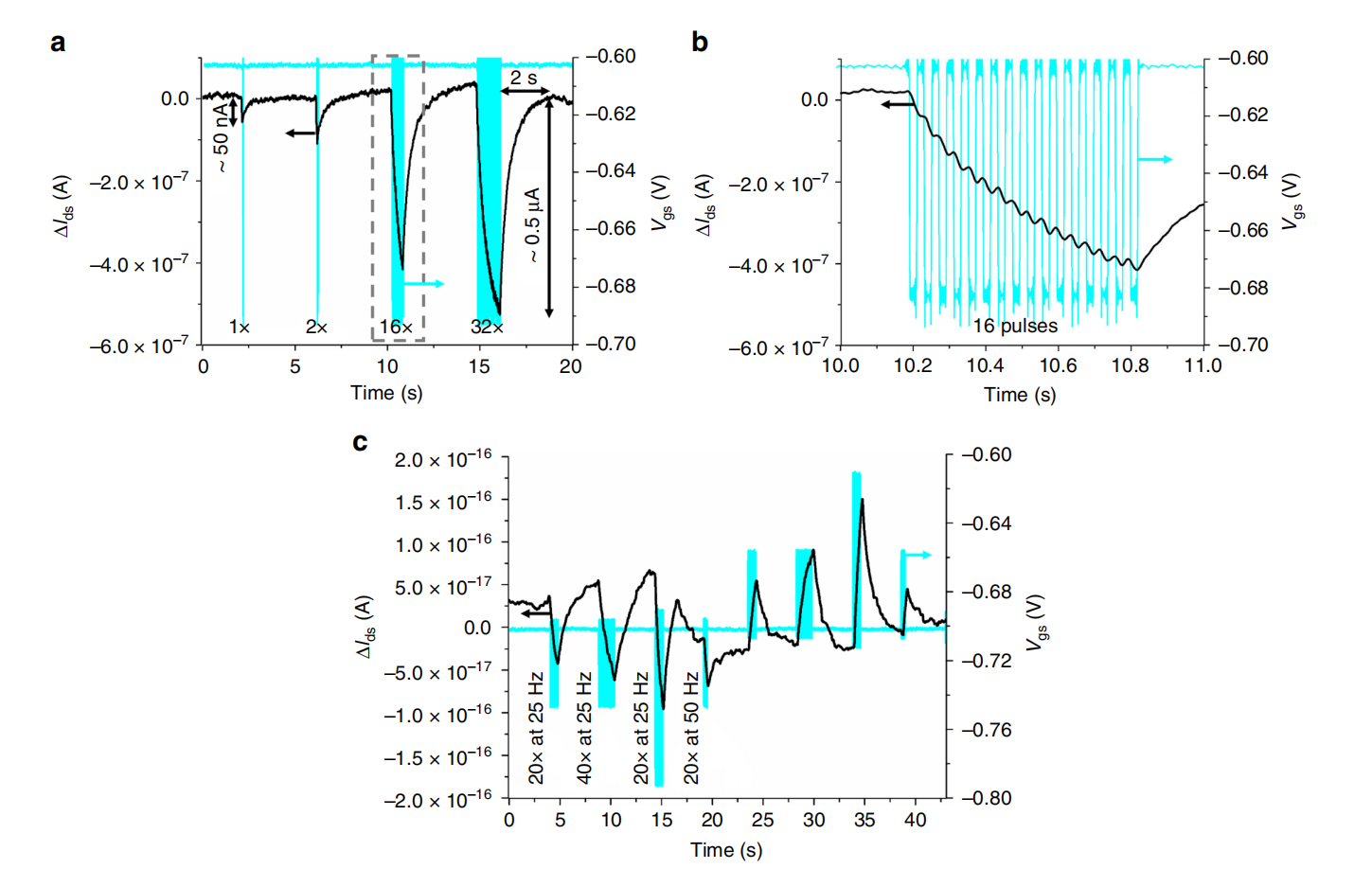
This article mainly discusses the inkjet printing technology and application of poly (3,4-ethylenedioxythiophene) (PEDOT). PEDOT, as a conductive polymer, has high conductivity, good transparency, stability, strong modifiability, and excellent flexibility. It has broad application prospects in fields such as organic field-effect transistors, solar cells, biosensors, and electromagnetic shielding materials. Inkjet printing technology has the advantages of low equipment cost, high resolution, strong media adaptability, good material compatibility, and easy operation, which can meet the needs of PEDOT material film formation, patterning, material compatibility, large-scale preparation, etc. This article introduces the characteristics and applications of PEDOT, and outlines the principles of inkjet printing technology. In addition, this article also discusses the current research progress, challenges, and future development directions of PEDOT inkjet printing technology.

 View pdf
View pdf


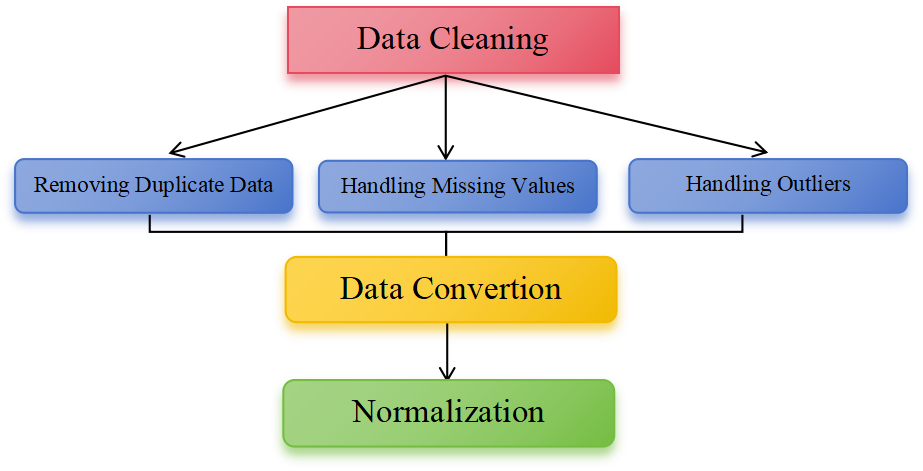
As power systems' interconnection scale expands, the methods for analyzing power grid stability need further optimization. This paper proposes a power grid stability analysis method based on Convolutional Neural Networks(CNN). We model the power grid stability problem as a binary classification problem. Firstly, we provide a detailed explanation of the power grid characteristic data and conduct data preprocessing. Subsequently, due to the advantages of CNN in processing spatially structured data, we address this problem. Finally, we obtain a new power grid stability analysis model through case-based comparative analysis. The results indicate that the proposed model outperforms traditional analysis methods in terms of classification accuracy, recall rate, and F1-score.

 View pdf
View pdf


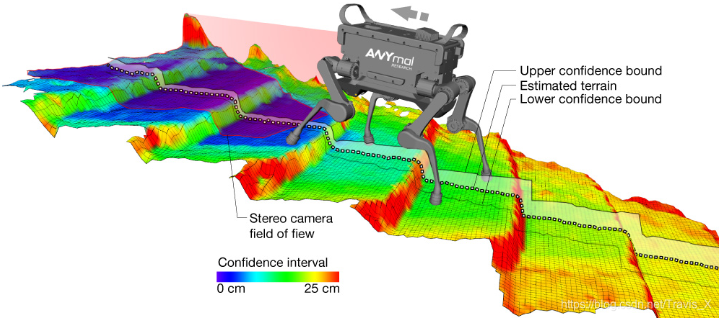
With the rapid development of science and technology, the demand for environmental detection technology in various industries is increasing day by day. In the fields of disaster relief, resource exploration and urban infrastructure maintenance, traditional rigid robots are difficult to meet the needs of exploration in complex environments due to the limitations of structural and environmental adaptability. The flexible structure of a continuous robot can better adapt to complex environments, and the appearance of phase change materials provides a new way to optimize its performance. The reversible stiffness adjustment of PCM through temperature change meets the demand of society for efficient and intelligent detection tools. This paper focuses on the continuous robot driven by phase change materials, describes its application status and the stiffness adjustment method of phase change materials, proposes a robot scheme based on modular design, and analyzes its application principle in complex environments. The research shows that the modular design makes the robot have good adaptability and reconfiguration ability in the complex environment, and the modules work together to adjust the structure and function quickly. The stiffness adjustment driven by phase change materials significantly improves the robot's adaptability to the environment.

 View pdf
View pdf


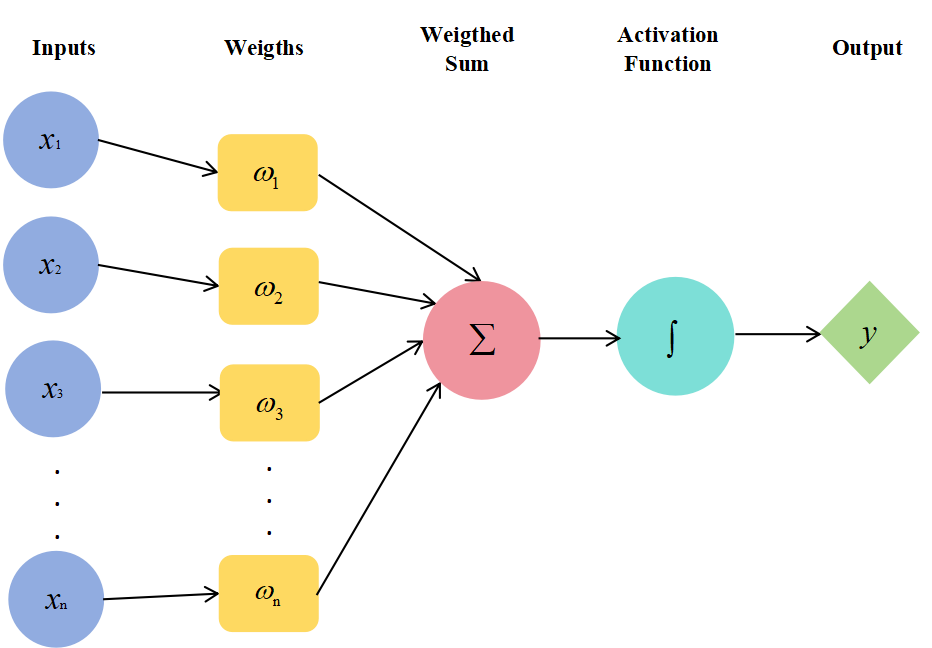
Integrated photonics, which employs photons for the processing and transmission of information, offers the potential for miniaturization, reduced weight, stabilization, and enhanced performance of optical systems. This technology presents extensive application opportunities in areas such as optical communication, sensing, computing, and quantum information. Metasurfaces, as two-dimensional metamaterials, are particularly adept at manipulating electromagnetic waves, boasting attributes such as thinness, facile fabrication, and low loss. The integration of metasurfaces with photonic devices facilitates the consolidation of multiple optical functions within a single photonic device, thereby progressively reshaping the landscape of photonic integrated circuits. This paper focuses on research progress in tailoring optical modes and manipulating surface waves through the integration of metasurfaces with traditional waveguides (forming metamaterial waveguides), as well as innovative applications of metasurfaces in emitting, receiving, and modulating devices. Research results indicate that metasurfaces significantly enhance the performance and functional integration of photonic devices. However, transitioning from research outcomes to commercial applications, metamaterial photonic devices face numerous challenges in design, manufacturing, and compatible integration.

 View pdf
View pdf


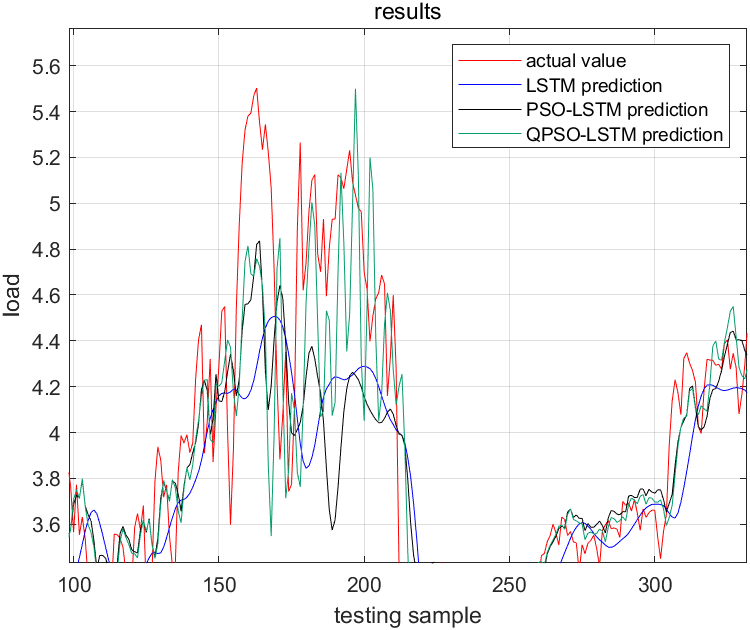
In modern power systems, the stable operation of the power grid depends on accurate electrical load forecasting. Especially against the backdrop of the country's "dual carbon" goal, accurate electrical load forecasting can effectively verify the security and economic efficiency of the operation of the electrical system. Based on this background, firstly, the basic situation of load forecasting in today's electrical systems is expounded. Then, a load forecasting method ground on the Long Short-Term Memory network (LSTM) optimized by the Quantum Particle Swarm Optimization (QPSO) algorithm is put forward. Through case studies, in order to reflect the prediction accuracy of these models, the Root Mean Square Error (RMSE) and Mean Absolute Percentage Error (MAPE) of different models are compared. Ultimately, according to the results, we find that the hyperparameter load forecasting method ground on the Long Short-Term Memory network (LSTM) optimized by the Quantum Particle Swarm Optimization (QPSO) algorithm performs better than other methods. Its RMSE and MAPE values are the smallest among all the models, indicating that the load forecasting method ground on the Long Short-Term Memory network (LSTM) optimized by the Quantum Particle Swarm Optimization (QPSO) algorithm has a higher learning rate and stronger data processing ability compared with the several methods studied by us.

 View pdf
View pdf


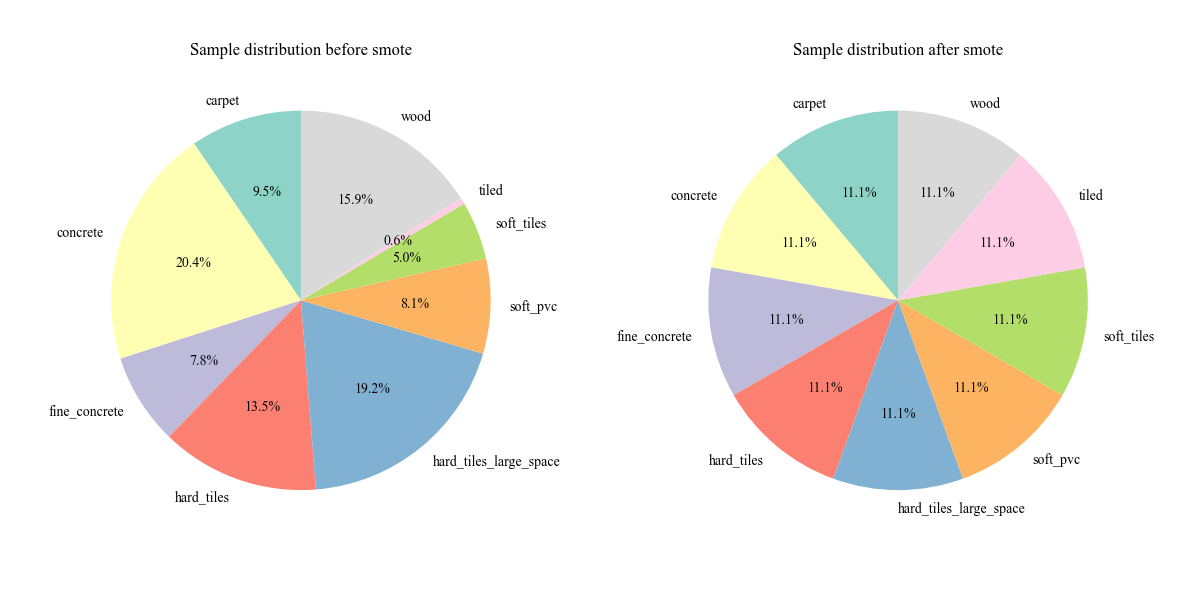
Accurate identification of ground types during robot travelling is crucial for improving the robot’s navigation stability and decision-making ability. To this end, this paper proposes a robot ground type classification method based on SMOTE oversampling technique and XGBoost, specifically, we firstly balanced the unbalanced dataset by SMOTE technique, and thereafter fed the processed data into XGBoost model for classification. We conducted extensive comparative experiments comparing common machine learning algorithms and found that the 91% accuracy of our algorithm achieved the best results, which proves the advancement and superiority of our proposed method and provides effective technical support for autonomous robot navigation and environment sensing.

 View pdf
View pdf


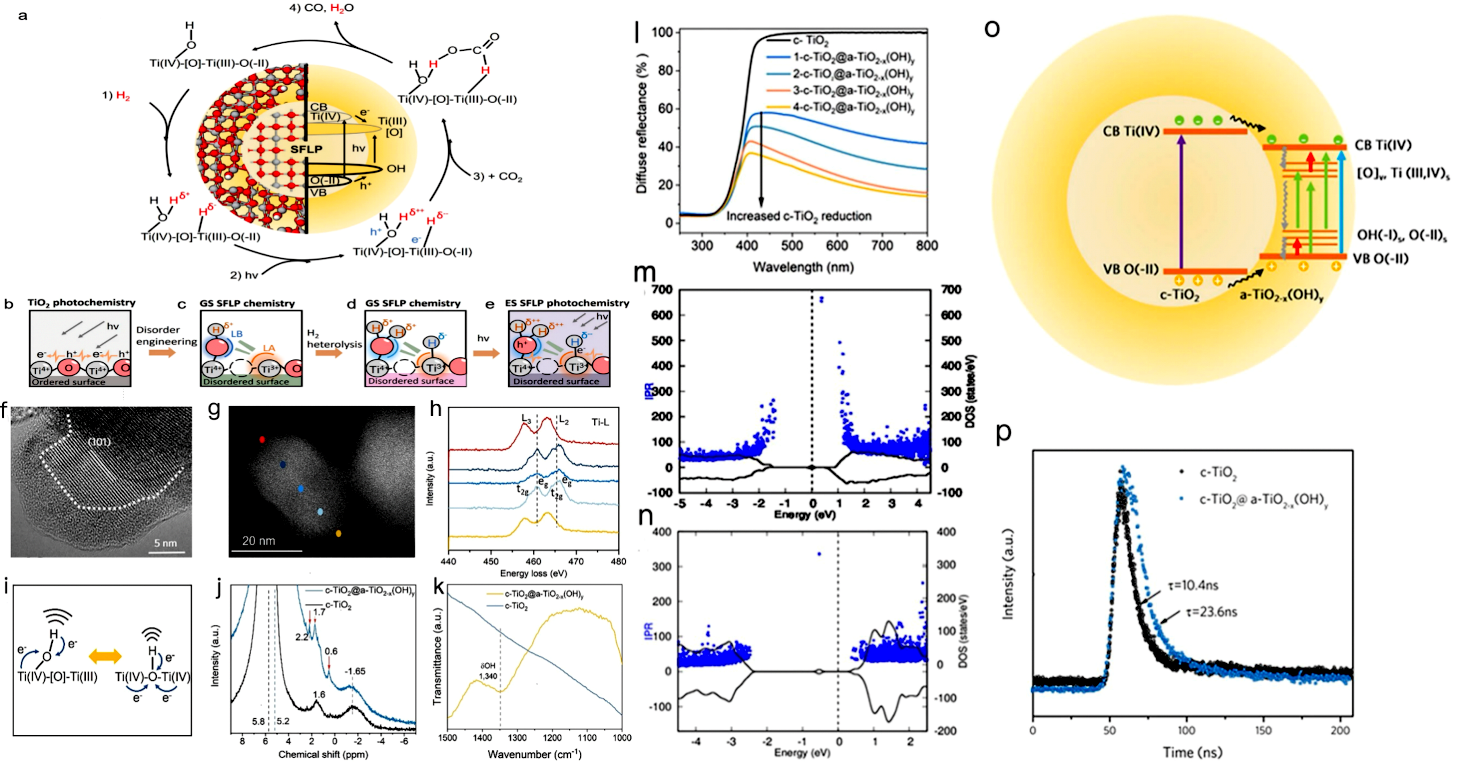
The photocatalytic reduction of CO2 into value-added chemicals is regarded as a vital approach to alleviate the environmental and energy crises. Photocatalytic technology is more energy-efficient and environmentally friendly compared to electrochemical, thermochemical, and other technologies, offering broad application prospects. Therefore, it is crucial to select high-performance photocatalytic materials. Metal compounds stand out in the field of photocatalysis due to their tunable band structures abundant active sites and excellent chemical stability. This review systematically summarizes the latest progress of metal-based materials, including metal oxides such as TiO2, CuO, Cu2O, WO3, as well as metal sulfides, metal phosphides, and metal-organic frameworks (MOFs), focusing on the mechanisms of strategies such as crystal engineering, heterojunction construction, and defect engineering in enhancing photocatalytic performance. Finally, it discusses the prospects and challenges of photocatalytic CO2 reduction technology, aiming to provide theoretical references for the development of ideal and efficient photocatalytic systems, contributing to the achievement of carbon neutrality goals.

 View pdf
View pdf


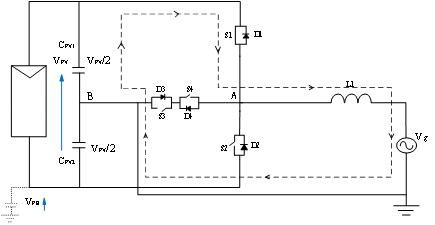
The new power system is the organic carrier to realize the high-quality development of energy, and the photovoltaic inverter, as a new type of power electronic equipment, can promote the realization of low-carbon energy transformation and the sustainable development of economic society. With the large-scale and high proportion of photovoltaic inverters connected to the grid and becoming the main body of electricity supply, higher requirements are put forward for the flexibility of the new power system grid. Combined with the control strategy, this paper analyzes the principle of the existing typical single-phased photovoltaic inverters, exploring the future research direction of inverters and DC converters and prospecting the application of photovoltaic equipment in the new electric power system in the future. This paper not only enriches the research theory of single-phase photovoltaic inverters, but also provides reference and help for further research on photovoltaic inverters.

 View pdf
View pdf




